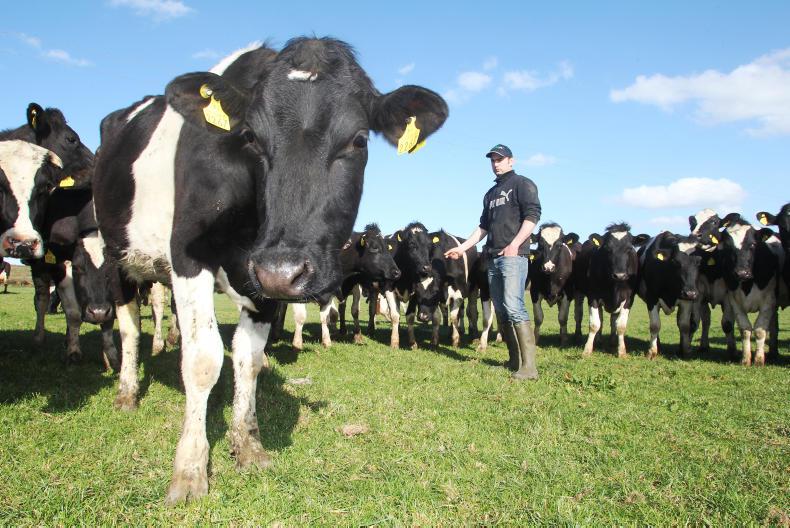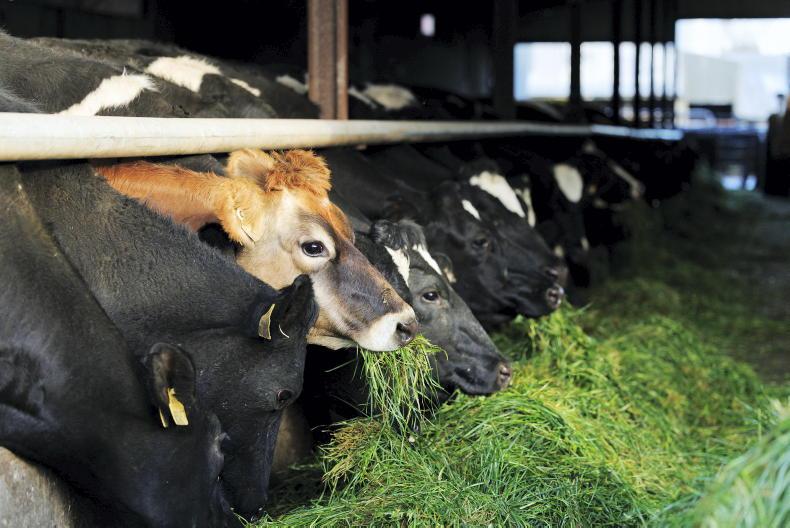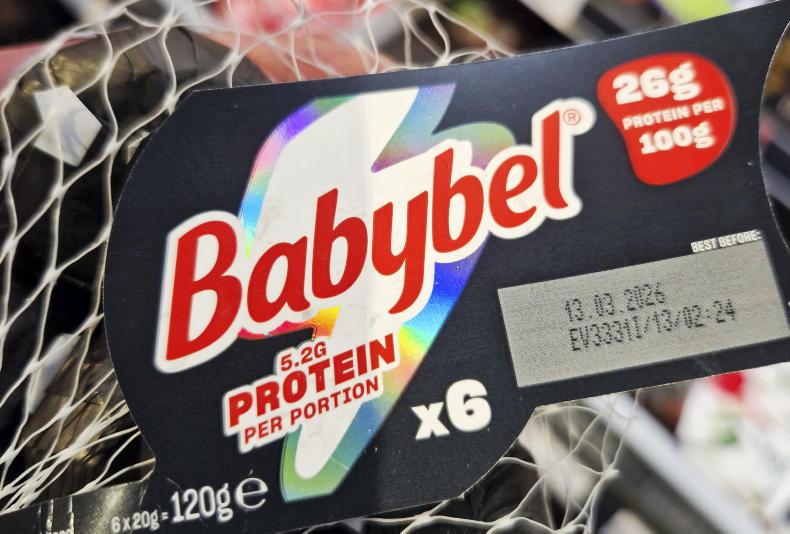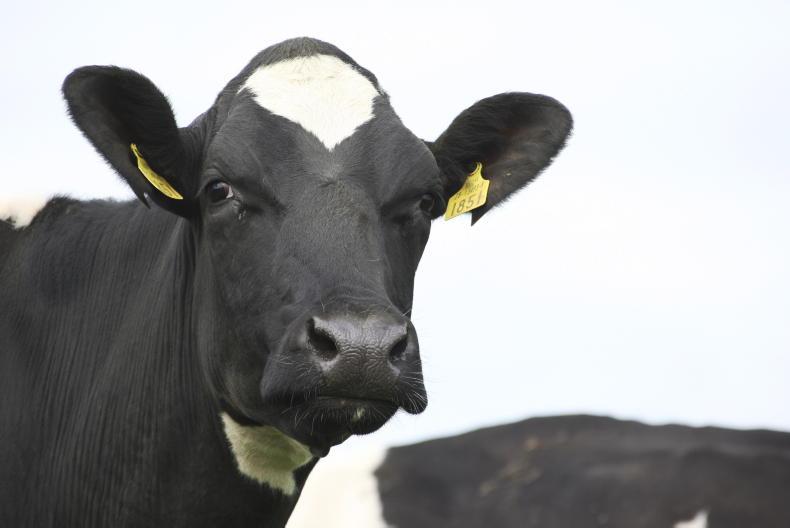Dairy farm families in the southeast are welcoming the news this week that the High Court has rejected the challenge to the Kilkenny cheese development at Belview, Co Kilkenny. Hopefully this project can move forward now through the second half of 2021 and help to secure the incomes of thousands of families across the region.
With no more delays, we could have this plant up and running for peak milk in 2024 and reduce the impact of the peak supply restrictions introduced by Glanbia last month.
These restrictions imposed by Glanbia indicate that this plant is needed for current cow numbers in the country, rather than an increase in cow numbers in the future. Hopefully farmers get the opportunity to engage in some meaningful dialogue with An Taisce on the best route forward for the Irish dairy industry and for the farmers involved in that industry, before any more objections are lodged with our legal system.
Environmental challenges
We are very aware of the environmental challenges that we are facing over the coming years, as we try to reduce emissions and nutrient loss from our farms.
Carbon emissions are a global problem though and we know that Ireland produces some of the most carbon efficient dairy produce. We would therefore see ourselves best positioned to improve that carbon footprint and meet the rising global demand for highly nutritious dairy produce with the lowest impact production system in the world.
We are in the process of investing millions of euro on farm to reduce ammonia emissions and to reduce the risk of nutrient loss from our dairy herds. We have targeted programmes to try to improve water quality in our river catchments and with efficient investments in processing facilities off-farm, we can generate the income from our farms that make these investments in environmental improvements and biodiversity measures more affordable.
Hopefully, we get to proceed in a sustainable and constructive fashion and engage properly with An Taisce and other NGOs in creating a new blueprint for the Irish dairy industry. We will see more limits and restrictions imposed on all of our farming systems over the coming years.
There are water quality issues that need improving and we need to meet that challenge head on and make the changes necessary to our farms to improve those numbers.
Grass growth
On farm, grass growth has been slow enough so far this year with the cold, harsh and dry start to April not helping matters. Hopefully we get enough moisture and warmth over the next few weeks to kick off the main grass growing season properly. Cows are milking well and breeding has started well, but we could do with a bit of kindness at this stage.
We were using up the end of a pit of maize silage right through March. It looked at one stage as if this would push too much grass ahead of us, and we would need to make some early wraps on the grazing platform, but the recent cold nights have meant that we have just enough grass ahead of the cows with no sign of a surplus anytime soon.
This is our first breeding season with an automatic heat detection and drafting system. Everything was tail-painted and manually drafted up to this.
We have submitted 68% of the herd for breeding in the first two weeks of the season.
We used a small amount of sexed semen on the cows with strong heats and with previous heats showing up on the records. We will report further on this as time goes on but it has revolutionised how we breed cows so far and has the added benefit of monitoring the herd’s health and nutrition.










SHARING OPTIONS